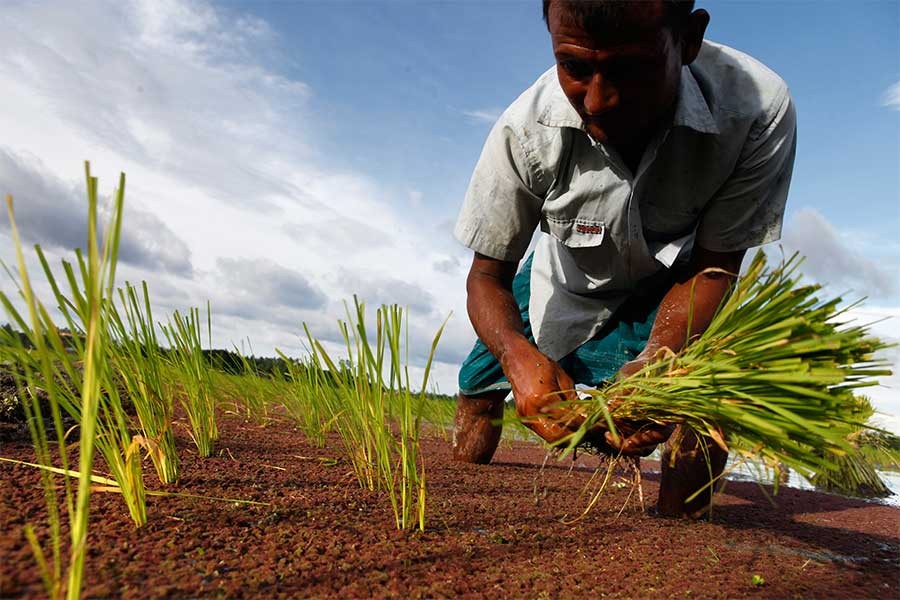When Robert Malthus propounded the theory of population, very few people had reasons to contradict. There were, however, feeble protests from his critics who were of the view that technological progress would augment food production by several times and outstrip population growth.
This has come out true. World production of food which was 425.7 million metric tons in 1970 stood at 1612.2 million metric tons in 2017 registering a rise of 2.5 per cent per year. On the other hand, population increased from 3,478 million to 7,000 million during the same period indicating an increase of 1.67 per cent per year. Technology had the last laugh and the world is now surplus in food. In Bangladesh, total food grain production, which was 10 million metric tons in 1972, has risen to 39.9 million tons in 2017 recording a rise of 3.1 per cent while population increased to 160 million from 70 million over the same period at a rate of 1.9 per cent.
Green revolution which was initiated by seed, fertilizer and irrigation-based method of agriculture expanded fast due to increased investment and higher spending on research. Subsidy in agriculture was also provided quite lavishly and prices of agricultural equipment were kept within the buying capacity of farmers and mechanisation was given a priority. A common agriculture policy was adapted by EU countries mainly to help boost agriculture.
At present material cost of agriculture is abnormally high as a result of which farmers in Bangladesh are being discouraged and agricultural growth has been faltering. Prices of gas and power increased recently as a result of which cost per unit of electricity has increased by Tk 0.35, that is, an increase of 5.3 per cent. Increasing cost of labour and other ingredients, percentage of people engaged in farming has come down to 43 per cent from 77 per cent at the beginning of the twentieth century. Agriculture is becoming cost-prohibitive and non-agricultural sectors are expanding and therefore more people are dropping out. On the other hand, farmlands are declining at a rate of 0.74 per cent every year.
Against such a backdrop, subsidies should continue in the farm sector as they do in other countries. Electricity in agriculture enjoyed a 20 per cent subsidy for a long time, but it was discontinued later to offset the impact of rise in oil prices. It should be reverted and at least 25 per cent subsidy on electricity and fuel should be introduced to meet future challenges, particularly because of Boro crop where irrigation is done 40 per cent by electricity and 60 per cent by fossil fuel. If price of electricity and fuel is within the capacity of farmers, they will not lose interest in Boro cultivation.
To make agricultural production and development sustainable, necessity has arisen to select environmentally friendly low price technology along with subsidies. In view of the ground reality, research and investment should also be encouraged.


